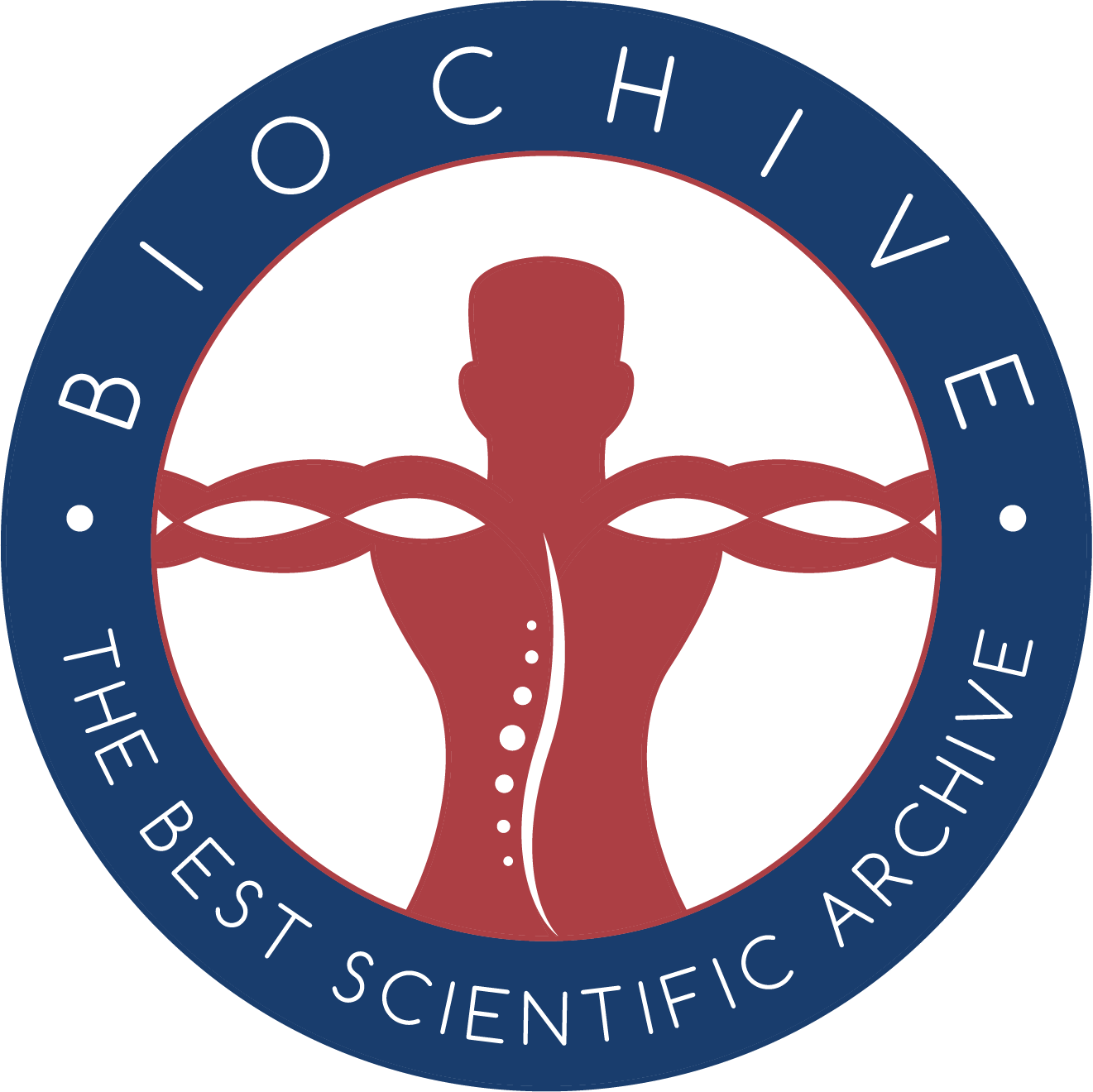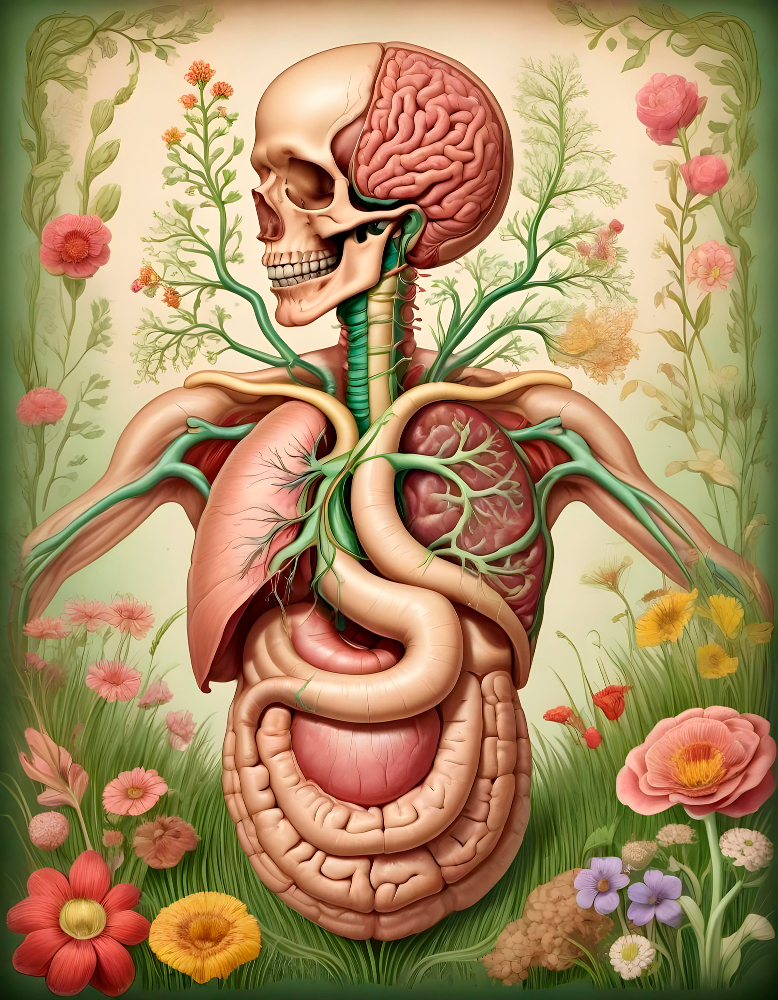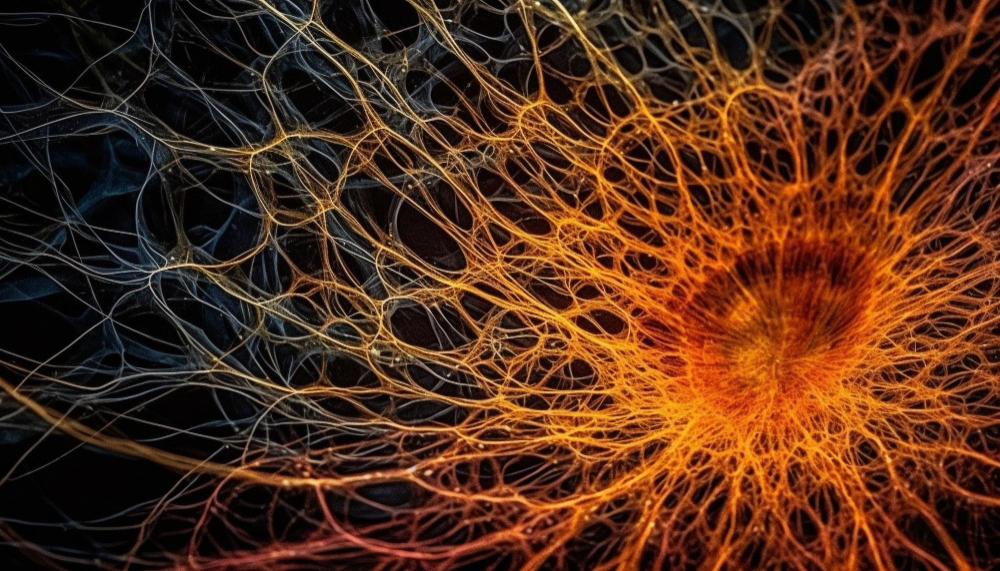Despite its name, the small intestine is the longest part of the human digestive system, measuring around 20 feet—more than 3.5 times the average height of an adult male, 5 feet 7.5 inches. In this article, we will explore the digestive system’s components and discuss how our body converts food into energy.

Like the respiratory system, the digestive system can be divided into two portions: the upper and lower sections. The upper portion includes the mouth, oral cavity, pharynx, and esophagus (written as oesophagus in British English). The lower portion consists of the liver, stomach, gallbladder, pancreas, large intestine, small intestine, rectum, and anus.
Before delving into the organs and structures of the digestive system, it’s essential to understand the four key steps in digestion: ingestion, digestion, absorption, and elimination. Ingestion is the process of taking in food through the mouth. Digestion refers to the chemical breakdown of food by enzymes. Absorption involves the uptake of nutrients from food, and elimination is the removal of waste from the body.
The process begins when food enters the mouth, where teeth and saliva, containing enzymes, break it down both mechanically and chemically. Mechanical digestion involves physically breaking down food using structures like teeth, while chemical digestion uses enzymes to convert food into macromolecules such as carbohydrates, proteins, and fats. The food is then shaped into a ball called a “bolus” by the saliva and tongue, before passing through the pharynx and esophagus to the stomach.
In the stomach, food undergoes chemical digestion with the help of gastric juices and enzymes. Additionally, mechanical digestion occurs as stomach muscles contract and mix the food with gastric juices, ensuring efficient digestion. Sphincters separate the stomach from the esophagus and small intestine, preventing leaks. The food then moves into the small intestine, where chemical digestion of carbohydrates, proteins, lipids, and nucleic acids continues with digestive juices from the liver, gallbladder, and pancreas.
Nutrient absorption occurs in the small intestine through projections called villi, which absorb nutrients into the bloodstream. The large intestine (colon) reabsorbs water used in digestion, leaving behind waste material known as feces, which is stored in the rectum until it is excreted through the anus. The liver, gallbladder, and pancreas are accessory organs that aid digestion in various ways. The liver metabolizes carbohydrates and proteins and produces bile to break down lipids, which is then stored in the gallbladder. The pancreas produces pancreatic juices containing digestive enzymes. Although not depicted in all diagrams, the salivary glands are indirectly part of the digestive system, releasing saliva with enzymes like amylase to break down starch during chewing. Hormones also play a crucial role in the digestive system, facilitating nutrient absorption, hydrochloric acid secretion, and enzyme release.
Various disorders can affect the digestive system, including irritable bowel syndrome (IBS), lactose intolerance, and celiac disease. IBS is characterized by severe abdominal pain, bloating, and diarrhea or constipation, often triggered by specific foods or stress. Gut sensitivity or bacterial changes are believed to be the root causes. Stress management, dietary adjustments, and medication can help alleviate symptoms. Lactose intolerance occurs when the body cannot digest lactose due to a lack of the enzyme lactase, leading to symptoms like abdominal pain, diarrhea, and nausea after consuming dairy products. While there is no cure, avoiding lactose can prevent symptoms.
Celiac disease is a disorder in which the immune system attacks the villi of the small intestine in response to gluten, a protein found in wheat, barley, and rye. This immune reaction damages the villi, impairing nutrient absorption and causing a range of symptoms, including digestive issues, fatigue, weight loss, joint pain, rashes, delayed growth in children, and headaches. Celiac disease is serious, with over 200,000 cases reported annually in the United States, according to the Mayo Clinic.
In summary, the digestive system comprises the mouth, oral cavity, pharynx, esophagus, liver, gallbladder, pancreas, stomach, large intestine, small intestine, rectum, and anus. It is responsible for ingestion, digestion, absorption, and elimination. Various disorders can impact the digestive system, weakening the body. Through chemical and mechanical digestion, the digestive system works in conjunction with other bodily systems to provide energy and enable daily functioning.
Sources: Amoeba Sisters on YouTube, Healthdirect, National Institute of Health, Mayo Clinic,



